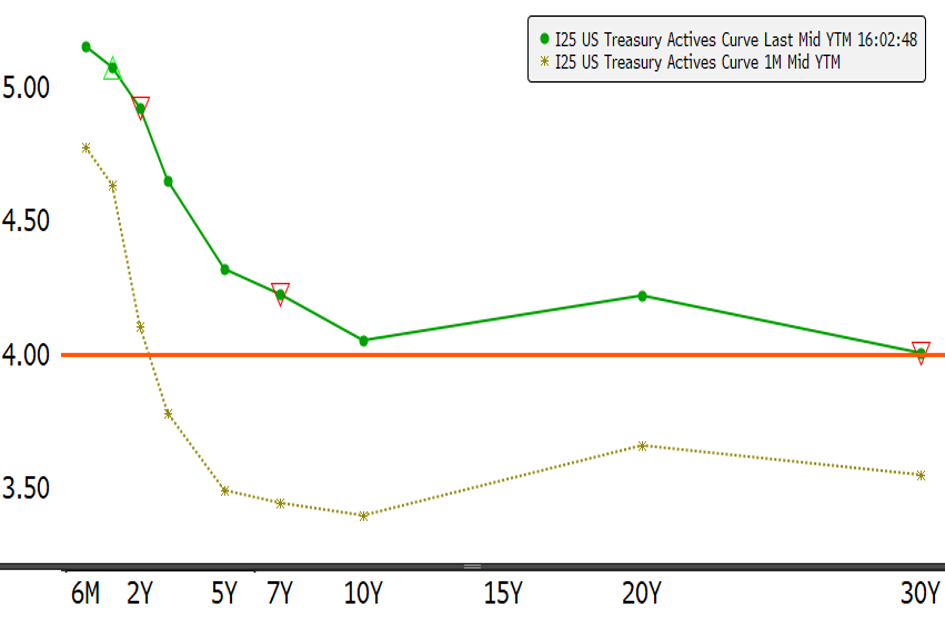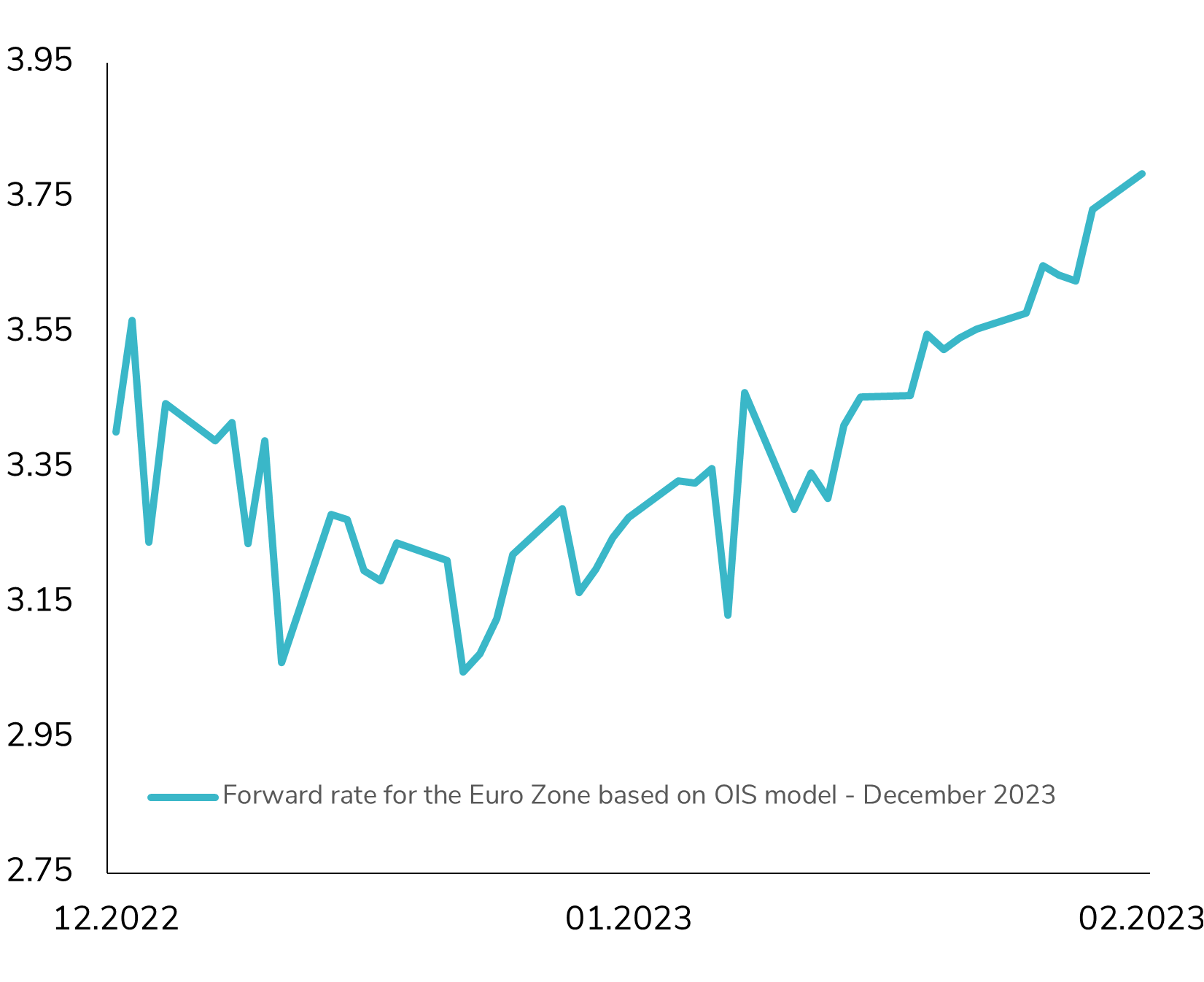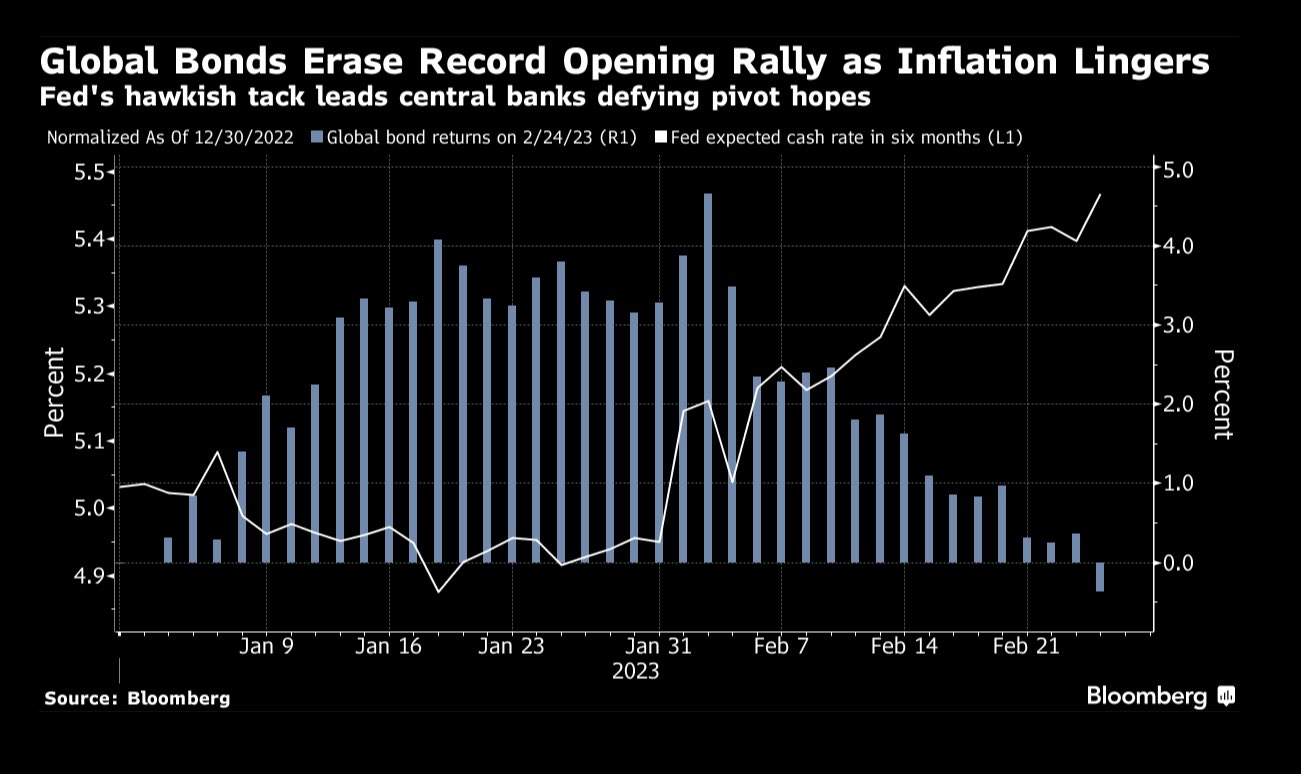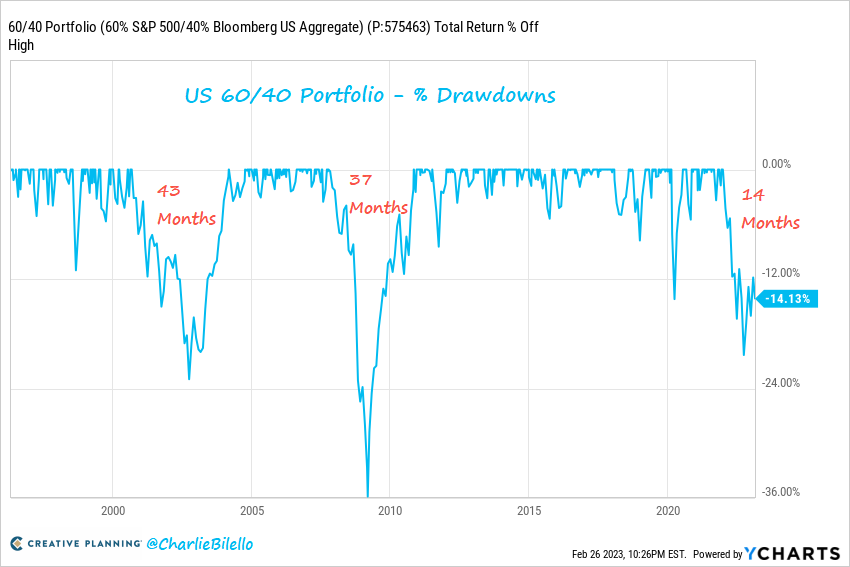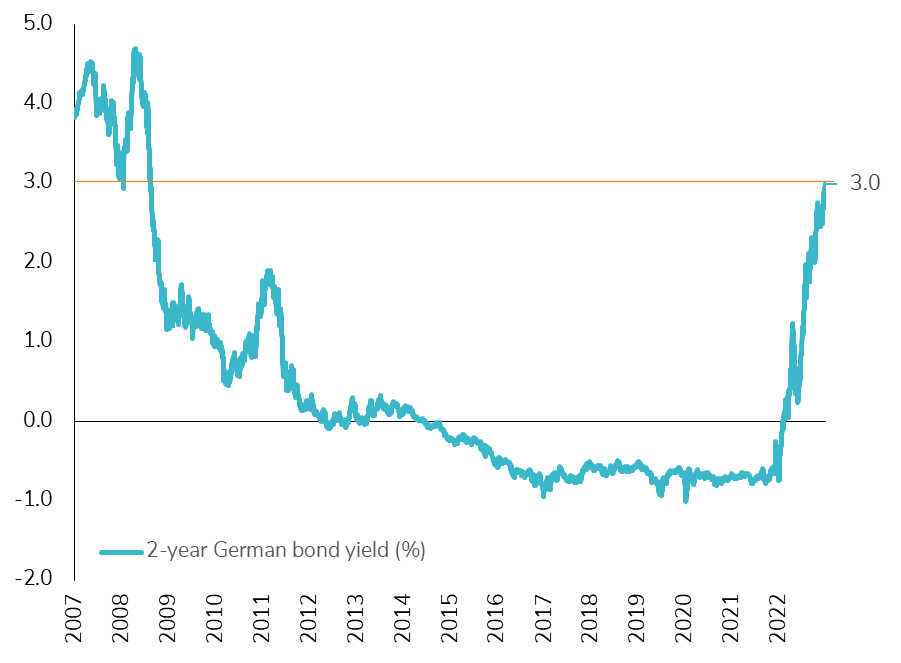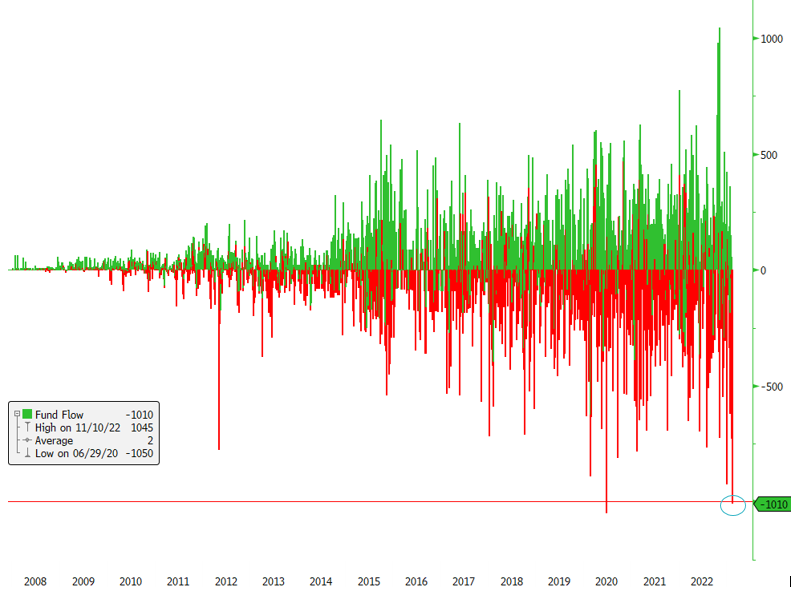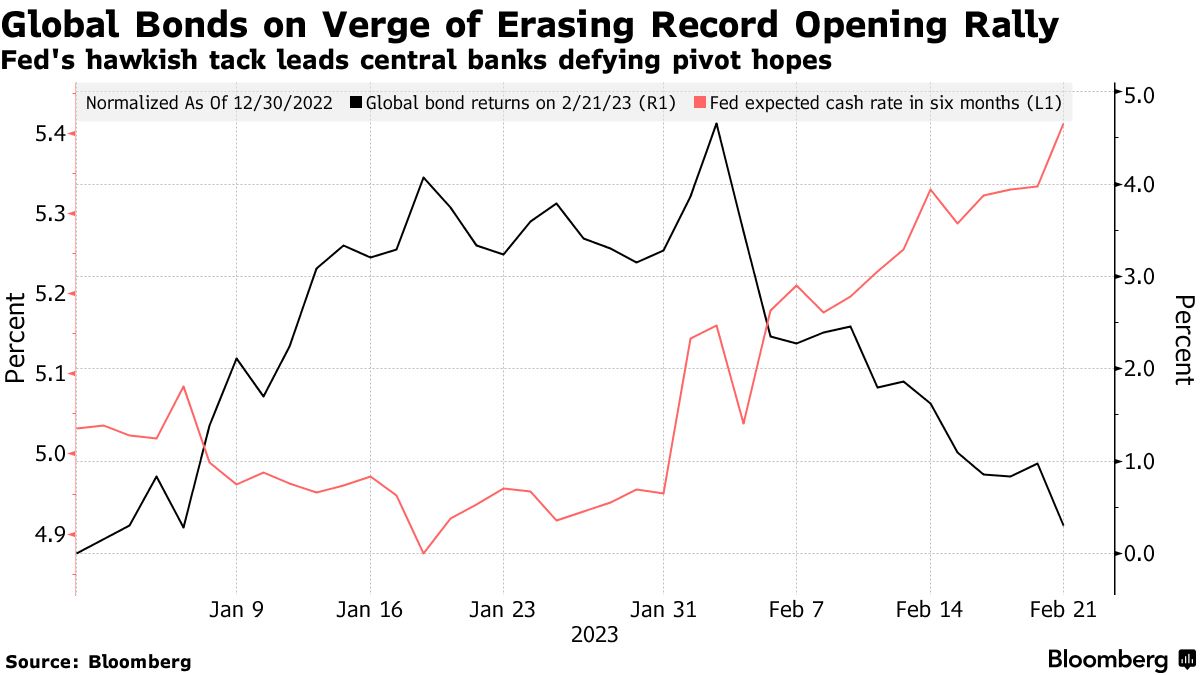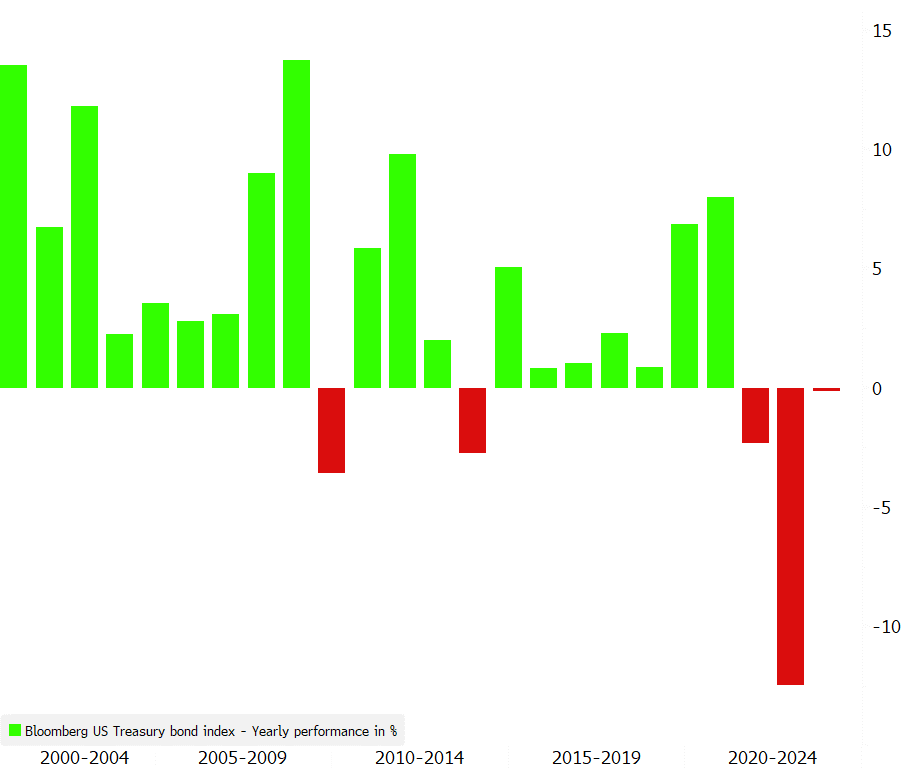Straight from the Desk
Syz the moment
Live feeds, charts, breaking stories, all day long.
- All
- us
- equities
- Food for Thoughts
- macro
- sp500
- Bonds
- Asia
- bitcoin
- Central banks
- markets
- technical analysis
- investing
- inflation
- europe
- Crypto
- interest-rates
- Commodities
- geopolitics
- performance
- gold
- ETF
- nvidia
- tech
- AI
- earnings
- Forex
- Real Estate
- oil
- bank
- FederalReserve
- Volatility
- apple
- nasdaq
- emerging-markets
- magnificent-7
- energy
- Alternatives
- switzerland
- trading
- tesla
- sentiment
- Money Market
- russia
- France
- UK
- assetmanagement
- ESG
- Middle East
- china
- amazon
- ethereum
- microsoft
- meta
- bankruptcy
- Industrial-production
- Turkey
- Healthcare
- Global Markets Outlook
- recession
- africa
- brics
- Market Outlook
- Yields
- Focus
- shipping
- wages
The entire US Treasury yield curve back above 4% !
What a change in one month! The 10-year U.S. Treasury yield has risen about 70 basis points in one month and the entire U.S. Treasury yield curve is now trading (each key rate) above 4%. Recent economic and inflation data has caused investors to revise their outlook on U.S. monetary policy. A terminal rate of 5.5% is now expected by September and no cut in 2023. Note that for the first time, fed fund futures prices are forecasting a higher rate for the March 24 futures contract than for the March 2023 contract. Source: Bloomberg
The market now expects the ECB to raise its key rate at the highest level ever!
As reflected in the European swap market, market participants expect the ECB to raise its key interest rates to a level never before seen. The terminal rate is expected to be close to 4%, up from 3.75% in the early 2000s. Interestingly, for the first time in this cycle, the markets believe that the terminal rate will be reached in 2024 (and not in 2023). Higher rates for longer? Source: Bloomberg.
A 60/40 Portfolio remains 14% below its all-time high
A 60/40 Portfolio of US stocks/bonds is currently in a 14-month drawdown, 14% below its all-time high. This is the longest drawdown for a 60/40 portfolio since the financial crisis (37 months) and before that the aftermath of the dot-com bubble (43 months). Source: Charlie Bilello
The yield on German 2-year bonds reached 3% for the first time since 2008!
While yesterday the Eurozone core CPI reached a new record of 5.3%, the German 2-year bond yield reached 3% for the first time since 2008! The ECB still has a lot of work (more than currently expected?) to do in tightening monetary policy to curb inflation, especially considering the minor impact (for now) of the Fed's monetary policy tightening on US inflation and the economy. Source: Bloomberg
Second largest daily outflow for a US high yield bond ETF!
One of the largest U.S. high-yield bond ETFs had a daily outflow of $1 billion (over 10% of assets under management) yesterday. The only time we've seen it was in June 2020. Capitulation? Source: Bloomberg
U.S. Treasury bond performance in 2023 turns negative!
For the first time in 2023, the year-to-date performance of U.S. Treasuries has turned negative (-0.14%). Yesterday, the U.S. Treasury yield curve shifted upward by about 15 basis points as the index has lost 2.6% in February so far. This sharp reversal is due to a stronger than expected resilience in the U.S. economy, which could trigger further tightening of U.S. monetary policy. Source: Bloomberg
Investing with intelligence
Our latest research, commentary and market outlooks


